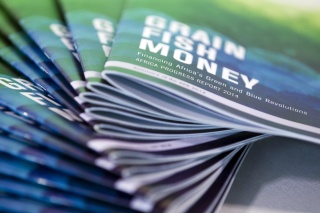Writing for Business Success/Business writing in action/Reports
Read Chapter 9.4: Reports in Saylor Academy's Business Communication for Success.
This reading describes two main categories of reports:
- Informational reports, which provide factual details of a situation or event, without any evaluation or judgement
- Analytical reports, which provide a thorough examination of a situation or event, in order to solve problems, demonstrate relationships, or make recommendations.
The reading also includes the typical structure, focus, and format that apply to many different report types. All reports are typically organised around key ‘who, what, where, when, why, and how’ elements, in relation to stakeholder needs. And, as you may already know, reports also typically include:
- cover and title pages,
- a table of contents,
- an executive summary (or abstract),
- an introduction,
- a body,
- a conclusion,
- references, and
- any appendices
If you wish, watch this video on Reports [9:20 min.] from the Saylor Academy, to supplement your reading of Chapter 9.4.
The video provides a summary of the purpose, various types, and organisation of reports, as discussed in the reading, from a business intelligence perspective.
Here are four real-life examples of business reports from around the world:
- World Expo Canada Bid Corporation: World Expo Canada 2025 Feasibility study
- Asian Paints Limited: Annual report 2019-20
- Centre for Health Solutions - Kenya: Case study on political engagement of counties for sustainable health programs
- Business Development Agency Bermuda - Bermuda business review 2019
- Have a quick look at all four reports.
- Work out what the purpose and intended audience of each one is
- Notice how images and other non-verbal communication techniques are used to convey information and tone
- Consider how the purpose and intended audience may have influenced the appearance of the report
- Choose two of the reports and skim-read them (i.e. you just need to get a general idea of the content of the report - you do not need to read every word or understand its contents in detail).
- For each one, identify:
- What the structure of the report is
- What tone and style of language is used
- Consider whether you think the report is clear, concise and professional - if not, how could it be improved?
- Consider how the content, style and tone of the report might have been shaped by its cultural, experiential, value and belief context
- For each one, identify:
Make notes of your findings in your learning journal.
Tag your post
Remember to tag or label your post using the course code: CCOM101. (This is needed to harvest a link to your blog post in the course feed.)


